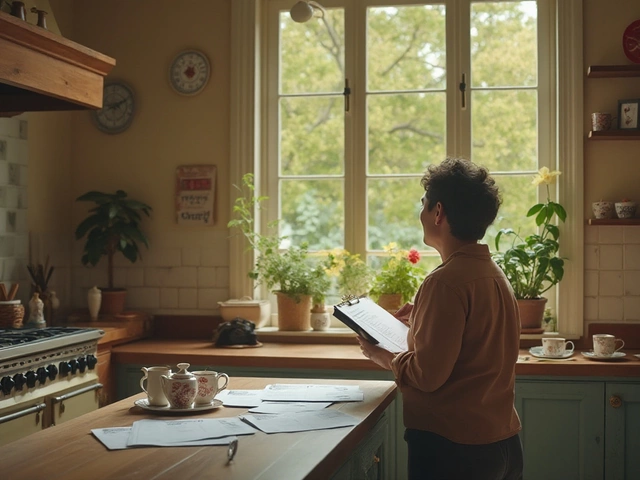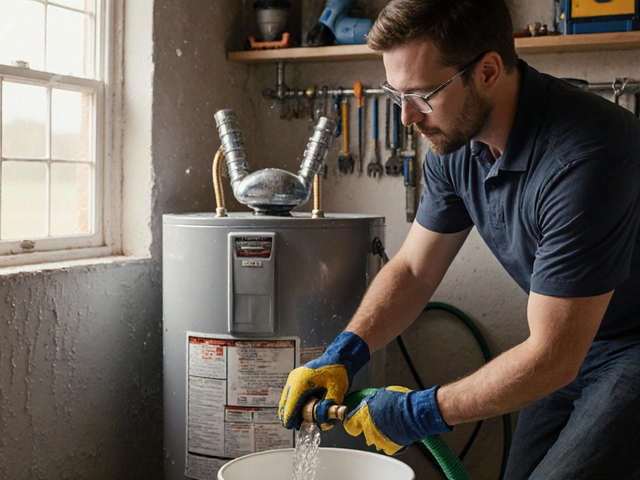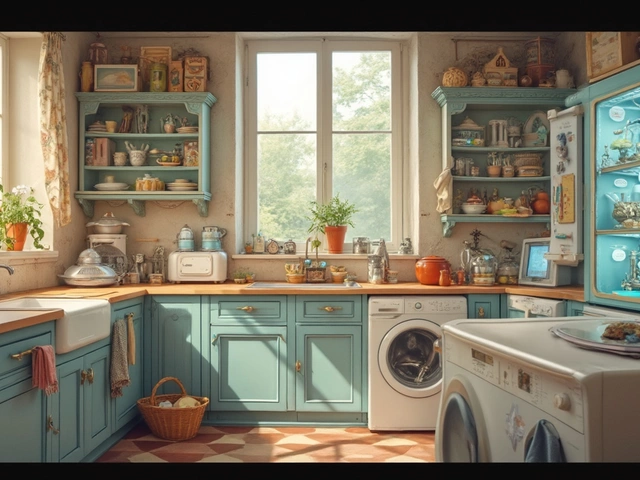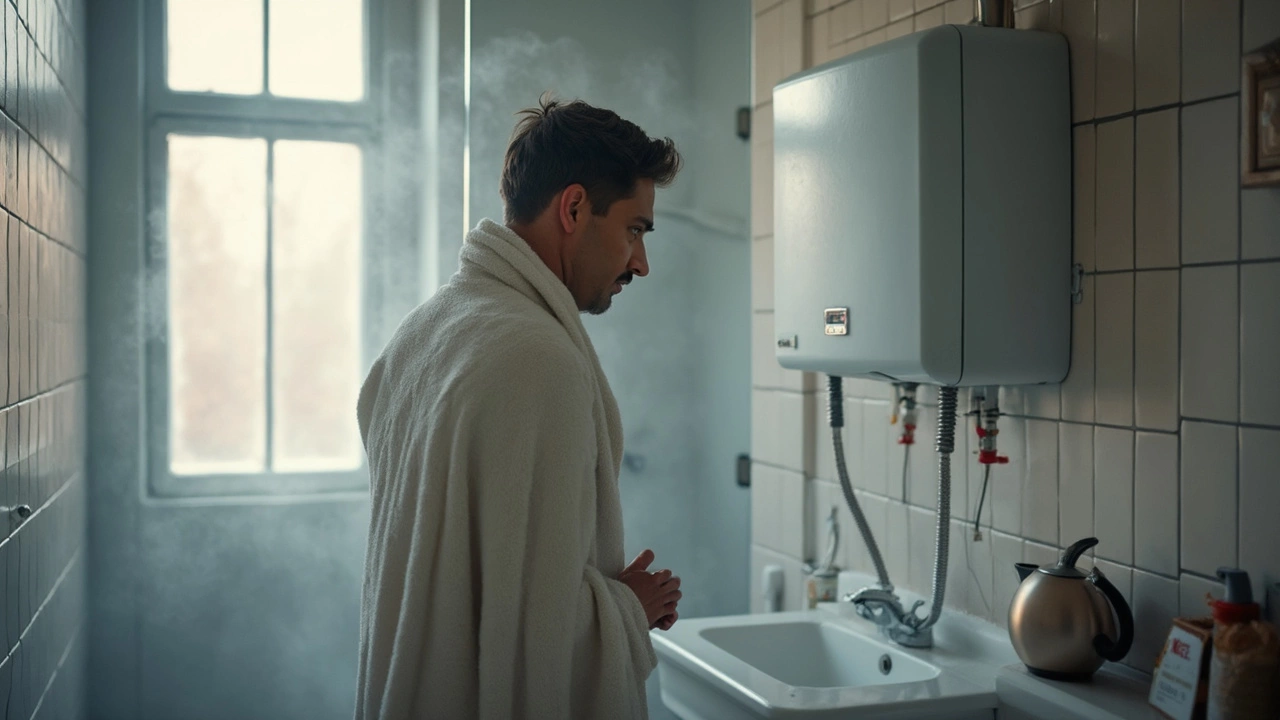Cold Water Problems in Home Appliances – Quick Fixes & Tips
Is the water coming out of your fridge, washing machine, or shower ice‑cold when it should be warm? You’re not the only one. Cold water issues pop up in many gadgets around the house, and most of them have simple reasons and even simpler fixes. In this guide we’ll walk through the most common culprits, show you how to spot a problem fast, and give you step‑by‑step actions you can try before you call a pro.
Common Cold Water Issues and How to Spot Them
First, let’s talk about what typically goes wrong. A blocked inlet valve is a frequent offender – mineral build‑up or a twisted hose can stop hot water from reaching the appliance. You’ll notice a steady stream of cold water, sometimes a low flow rate, or a strange rattling sound. In a fridge, the water dispenser or ice maker may produce only cold water because the internal heater isn’t getting power. Washing machines often show a “cold wash” error when the thermostats are faulty or the water inlet sensor is dirty. Boilers and water heaters can also deliver cold water if the thermostat is set too low or the pilot light has gone out.
Another clue is timing. If the appliance works fine in the morning but goes cold by evening, you might be dealing with a peak‑load issue on your home’s hot‑water system. Look for patterns: does the cold water happen after a long shower, or only after you run the dishwasher? Those patterns point to supply‑side problems rather than a broken part inside the appliance.
Simple Solutions to Get Warm Water Flowing Again
Start with the easy stuff. Turn off the appliance and check all hoses for kinks or blockages. A quick soak in white vinegar can dissolve limescale on inlet valves – just detach the hose, let it sit for 30 minutes, then flush with clean water. For fridges, locate the water filter (usually behind the interior shelf) and replace it if it’s older than six months; a clogged filter often forces the system to pump cold water only.
If you have a washing machine, clean the inlet screens. They’re tiny mesh filters where the water line connects to the drum; pull them out, rinse under running water, and pop them back in. Resetting the machine’s temperature selector can also help – sometimes a firmware glitch defaults to the cold setting.
For boilers or water heaters, check the thermostat dial. It’s easy to accidentally set it too low, especially after a power outage. If the dial looks fine, feel the pipe leading to the heater; if it’s cool, the pilot light may need relighting. Most modern units have a reset button – press it after ensuring the gas supply is on, and give the system a few minutes to fire up.
When all else fails, it’s worth checking your home’s main hot‑water tank. Sediment buildup at the bottom can insulate the heating element, delivering lukewarm or cold water. Flushing the tank (once a year) removes that sludge and restores proper heating. If you’re not comfortable doing this yourself, a qualified plumber can do it in under an hour.
Remember, many cold water problems are just a blockage or a mis‑set control. Before you book a pricey service call, run through these checks. You’ll save time, money, and probably get that warm water back in a flash. If the issue persists after trying the steps above, it’s time to call a local repair expert – they have the tools to test internal components and replace parts safely.







